RAPIDES-FARMER HYDRO STATION
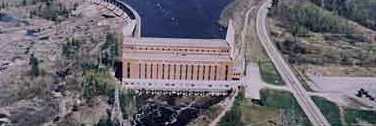 For those interested in a heritage of a different kind, Hydro-Quebec’s Rapides-Farmer power generating station on the Gatineau River makes for a truly fascinating and eye-opening visit.
For those interested in a heritage of a different kind, Hydro-Quebec’s Rapides-Farmer power generating station on the Gatineau River makes for a truly fascinating and eye-opening visit.
Constructed in 1927 when hydro-electric sites were being developed all across the province of Quebec, the facility has a current production capacity of 98 megawatts of electricity, with a waterfall of over 20 metres.
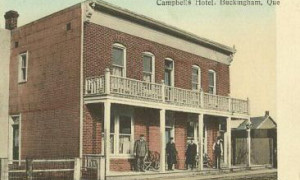
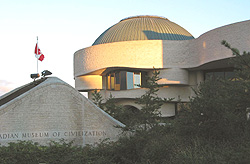 A must-see for anyone visiting the Capital region, the Canadian Museum of Civilization is the largest and most popular cultural attraction in Canada. Located just across the Ottawa River in Gatineau, Quebec, the museum’s multi-level exhibition complex receives an astounding 1.3 million visitors annually.
A must-see for anyone visiting the Capital region, the Canadian Museum of Civilization is the largest and most popular cultural attraction in Canada. Located just across the Ottawa River in Gatineau, Quebec, the museum’s multi-level exhibition complex receives an astounding 1.3 million visitors annually.
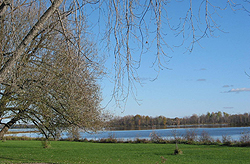 Not far from Plaisance, along Route 148, is Parc national de Plaisance (Plaisance Provincial Park). With its 28 square kilometres of islands, peninsulas, and marshes along the Ottawa River, the park is home to a stunning variety of flora and fauna.
Not far from Plaisance, along Route 148, is Parc national de Plaisance (Plaisance Provincial Park). With its 28 square kilometres of islands, peninsulas, and marshes along the Ottawa River, the park is home to a stunning variety of flora and fauna.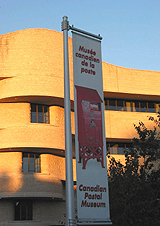 Stamp collectors from novice to expert -- or indeed anyone interested in the history of the postal system -- will enjoy a visit to the Canadian Postal Museum. Opened in 1974, the Postal Museum has occupied a portion of level two in the Canadian Museum of Civilization (CMC) in Gatineau since 1997.
Stamp collectors from novice to expert -- or indeed anyone interested in the history of the postal system -- will enjoy a visit to the Canadian Postal Museum. Opened in 1974, the Postal Museum has occupied a portion of level two in the Canadian Museum of Civilization (CMC) in Gatineau since 1997.
 Covering an area of nearly 14,000 square kilometres, and stretching northwest into the Abitibi-Témiscamingue region, the La Vérendrye Wildlife Preserve is one of Quebec’s largest parks. Travellers along the northern route of the Trans-Canada Highway, or Highway 117, will be familiar with this vast preserve, since it takes about two hours -- and a daunting 180 kilometres -- before one has crossed the park!
Covering an area of nearly 14,000 square kilometres, and stretching northwest into the Abitibi-Témiscamingue region, the La Vérendrye Wildlife Preserve is one of Quebec’s largest parks. Travellers along the northern route of the Trans-Canada Highway, or Highway 117, will be familiar with this vast preserve, since it takes about two hours -- and a daunting 180 kilometres -- before one has crossed the park!
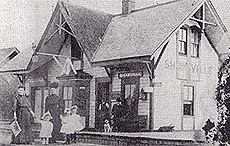 The Pontiac Pacific Junction Railway (PPJ), constructed along the Ottawa River from Aylmer to Waltham in the 1880s, was a huge boon to the Pontiac. The towns that were situated directly along the route benefited the most -- towns like Waltham, Fort Coulonge, and Shawville. Today, the Pontiac Pacific Junction Railway is only a memory in the region.
The Pontiac Pacific Junction Railway (PPJ), constructed along the Ottawa River from Aylmer to Waltham in the 1880s, was a huge boon to the Pontiac. The towns that were situated directly along the route benefited the most -- towns like Waltham, Fort Coulonge, and Shawville. Today, the Pontiac Pacific Junction Railway is only a memory in the region.